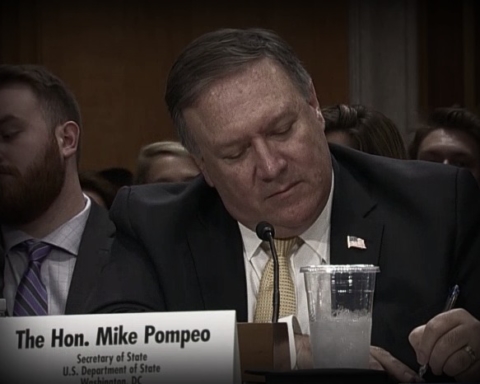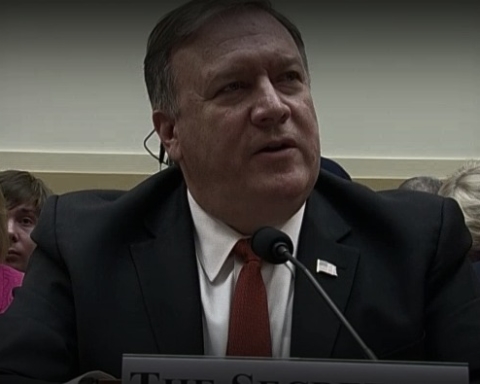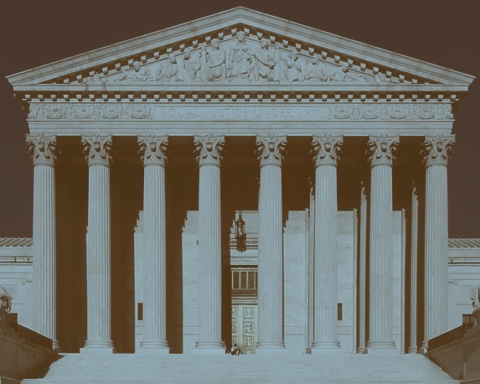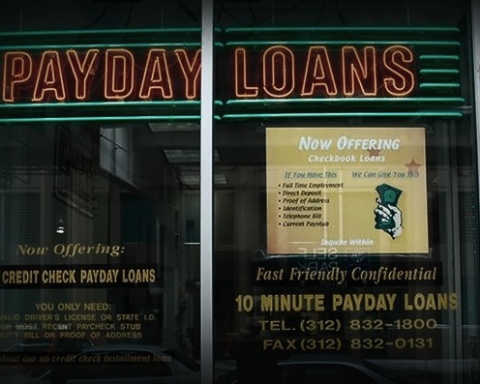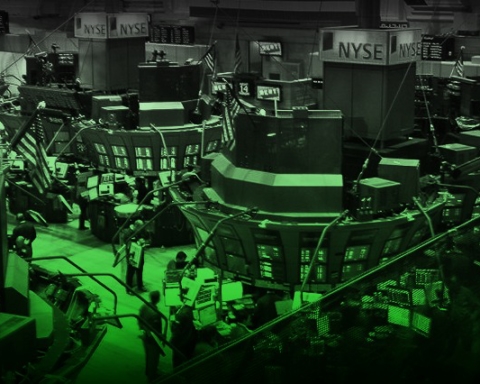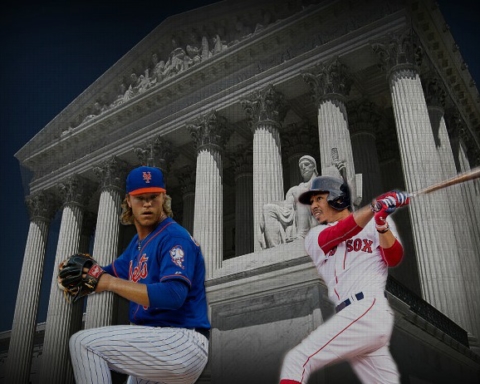Consumer lending fell dramatically in the two months following President Trump’s election, according to Federal Reserve data published late last week.
Overall loans and leases in bank credit fell by 0.7 percent in December and by 0.9 percent in January. The Fed metric grew by 6.3 percent on an annualized rate last year, and it hasn’t contracted on a quarterly basis since 2011.
The steep drop in the credit market indicator contrasts starkly with the recent rise in major banks’ stock prices, as the Financial Times noted on Monday.
The KBW Index, a gauge of financial sector stocks, shot up in the days and months after the election—in anticipation of deregulation, tax cuts and infrastructure spending. It has increased by almost 30 percent since Trump’s victory.
The downturn in consumer lending might not only be arising from uncertainty over impending policy changes–House Republicans aren’t expecting the White House’s first budget proposal outline until March 13. The Financial Times pointed to a recent report showing credit card default rates at a 3.5-year-high.
“Bank credit,” as measured by the Fed, includes credit card debt, student debt and car loans. It doesn’t account for mortgage market activity.

